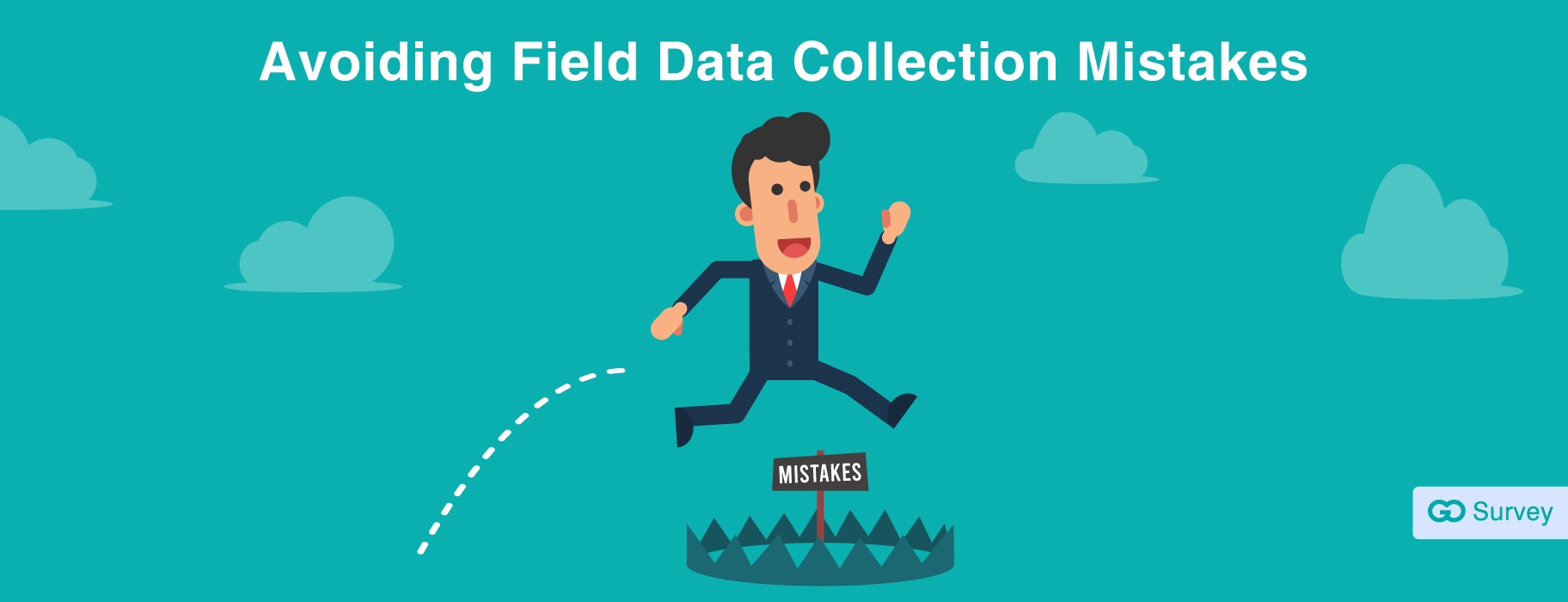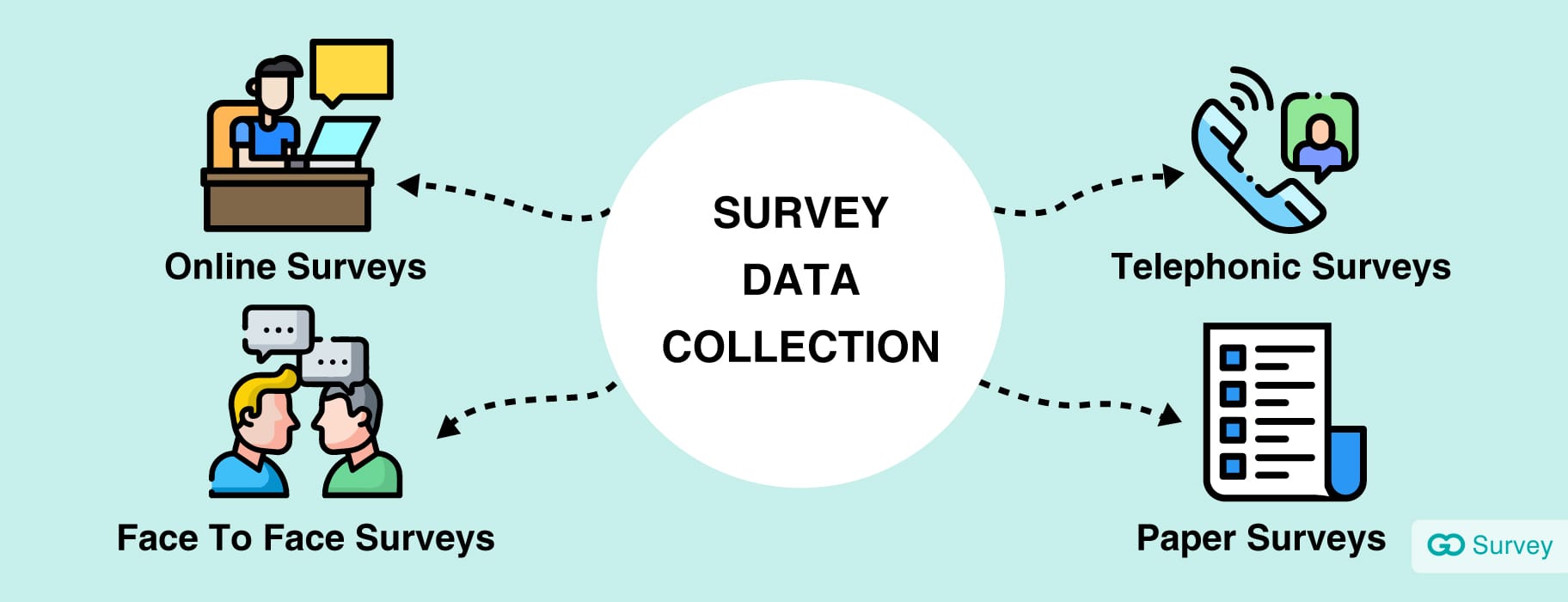Year after year, organizations spend a lot of money to collect data that can be used to make informed strategic decisions. According to an investigation conducted by IBM, an estimate of $3.1 trillion was spent on bad data by the US economy in 2016.
Apart from the cost, the harm it causes can be devastating. History shows us numerous examples where inaccurate data has created havoc for companies and economies. The 2008 Great Depression is one of them. Explaining the whole reason behind it is going to be a different topic. If I were to explain it in short, traders started showing false data to hide risks for greater returns leading to inaccurate data for investment banks to analyse. Many more financial frauds on a large scale have been committed by manipulating data.
Therefore, data accuracy is of the utmost importance. So, let us look at it right from scratch and look at challenges and how to face those challenges.
What is Data?
Data is basically a set of facts that are quantitative or qualitative in the form of numbers, measurements, values, words, etc. This data was originally stored on paper; and nowadays stored digitally on computer systems where it is easier to analyse, edit, and share.
Data collection – What and why
Data collection is gathering information or data of a topic in a systematic standard format. Data can be collected for multiple purposes like research, analysis, storing, etc. Different industries need a different set of data to statistically analyse and drive decisions. Companies collect timecards to track employees’ working hours. Restaurants collect feedback from customers to improve their quality of food. Insurance companies investigate damages on automobiles to set the amount of claim. There are many examples of how data is used at so many levels to enhance the functioning and growth of a firm.
Methods of collecting data:
Data is collected through multiple ways like surveys, questionnaires, interviews, observations, reviews, case studies, etc by online or offline means.
Online
This is an easy and cost-effective method to reach out to many customers. Mediums like email, SMS, and apps help in gathering data from consumers. It is fast as this method is not dependent on a postman or any person. Customers have the advantage of giving responses whenever they are free at their convenience.
However, there are quite some drawbacks of this medium. Most surveys end up in the spam folders. Because many companies try to use this medium, customers prefer to not respond to all of them. In other cases, many often tend to give false information that makes the data less reliable. Lastly, the population that does not have an internet connection cannot be reached through this medium.
Offline - Field Data Collection
The Offline method is also known as the field data collection method where a surveyor personally collects data by making observations and taking responses from customers. With the internet revolution going around, there are still many people who do not have access and are unconnected from the world wide web. Especially when it comes to rural areas, there are many challenges faced by governments to overcome this issue.
India has the second-largest internet consumer base and yet it stands at only 50%. Here are the top 10 countries with the highest number of people who do not have access to the internet.
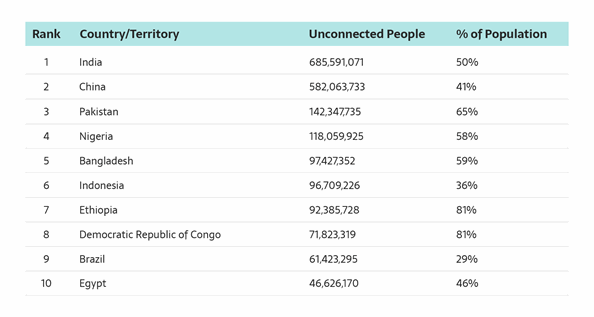
In such scenarios, offline surveys are the best way to maximize your reach and collect more information. Now, these surveys can be embedded into mobile apps and tablets wherein surveyors do not have to carry all the heavy paperwork.
Why do we need accuracy in field data collection?
Accuracy in results is needed for all methods of data collection as deductions cannot be made on poor quality results. When it comes to field data collection, we need to keep in mind the following two factors.
High Costs
To maximize your reach, you need to send surveyors at all locations which makes this more expensive than the online medium. Expenses for travel, food, accommodations, and other miscellaneous things are borne by the company.
Time-consuming
As surveyors personally collect data and responses, it takes time to complete targets set for the purpose of the survey.
When it comes to online surveys, companies can send emailers multiple times to reach their targeted response ratio. But repeating a field data collection is double the money and double the time. For example, an appliance company wants to know the consumer behaviour of people who use home appliances. They send surveyors who come back with inaccurate responses leading to loss of time and money for the company. Therefore, data accuracy is crucial in field data collection.
Worry not! We will now talk about how to ensure that you are collecting appropriate data on the field.
Methods of improving field data accuracy:
Staff Training
Conduct an in-depth training program for employees who go out on the field for the survey. Ensure they are well educated about the purpose of the survey, their target audience, and what responses are crucial to obtain end results.
Using Local Languages
English is not widely spoken in many regions of the world. Although surveyors personally take responses, it is helpful when people read the questions in a language that they are comfortable with. Make your surveys in different languages and add the option of changing languages as per the respondent’s convenience. This brings more clarity and accuracy.
Add Data Validations
Data validations are set rules that tell the system what kind of inputs should be expected. Example: a mobile phone number in India should have 10 digits. Add the data validation of 10 digits in that field. Any data less than 10 or more than 10 will instantly show an error. Similarly, email IDs also have a particular format. If I enter “tarun@xyz,com” the system should show an error. These act as an instant check and ensure correct data is being added.
Use of Mandatory Questions
We all have filled forms where there are certain mandatory questions that we must absolutely answer and some non-mandatory questions that we can leave without responding. These questions are set to give a unique identity to respondents. Example, name, contact details, Aadhar ID or PAN details, etc. A question like “What is your favourite coffee brand?” cannot be marked as mandatory. If the respondent is not a coffee-drinking person then he/she might get stuck here or provide a wrong answer to continue the survey. You must make the right use of mandatory questions.

Add Limits to Numeric Responses
Set a minimum or maximum limit for numeric entries to avoid inaccurate data. For example, you want to survey homemakers to study purchasing patterns of groceries and essentials. You want to know the age of the respondents and a sheer typo can change a 34-year-old to 343-year-old. Adding a minimum and maximum limit to this field will ensure the correct age is getting captured.
Add Multiple Choice Questions
Open-ended questions should only be used where it is crucial to know the detailed opinion of the respondent. For other inputs, try using the right kind of multiple-choice questions. Use logic when it comes to “all of the above” and “none of the above” options. Example: 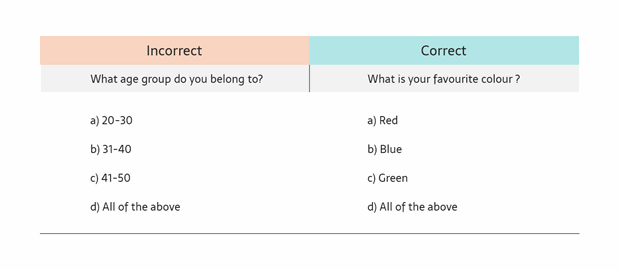
Such small errors leave the scope of wrong data that is useless. Build your survey with the right MCQs to record appropriate inputs.
Location Tagging
Offline surveys come with a feature that allows tagging a location on the maps without an internet connection. Surveyors can be asked to tag the location of the places where they are conducting the survey. This keeps you informed if your employees are at the right location of the assignment. You can also track them in real-time.
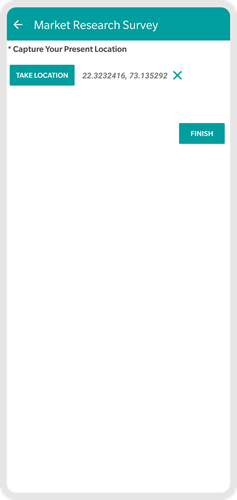
Adding pictures to the responses
Surveyors might ask the same person to fill the survey two times with different names of their family members to reach their target. Make use of photo questions where surveyors must take pictures of locations or people they talk to. This helps in verifying the data and avoids duplicates.

Adding Signatures
Add the option of signature to increase verification. This also acts as consent or an acknowledgment from the respondent’s end. These can also be used as unique identifiers and avoid duplicates.
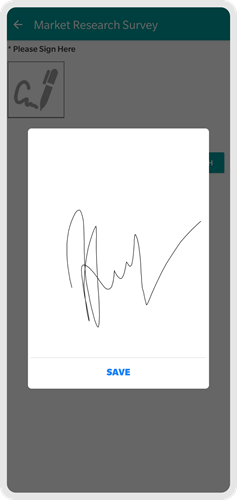
Test your Survey
To make sure you got all the above parameters right, test your survey thoroughly before sending it out to your audience. Have your team complete the survey in-house and extract results to ensure its worthy of analysing for your requirements.
In this way, you can improve the accuracy of your field data and save costs on field data errors. GoSurvey can help you build the right offline survey for field data collection keeping the above parameters in mind and much more.





